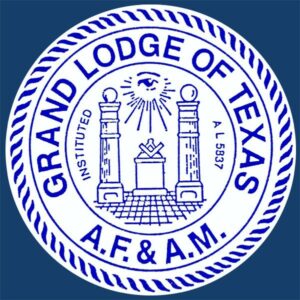
For newcomers to Freemasonry the different names of organizations can be utterly bewildering. It is hard to comprehend where to begin and whom to approach first.
The ground level of all masonic organizations is the local lodge. In the USA this is often called a “blue lodge”. The local lodge is the smallest unit of freemasonry and includes the people who live in the town or neighborhood. This is where one will become a Master Mason and spend most of his time when involved in masonic activities.
Several lodges are then combined into a district. Districts are simply an artificial grouping to help the bureaucracy of the respective Grand Lodge.
Grand Lodges are the highest level of regular freemasonry. This is the body that includes all member lodges. Any local lodge that is located in the jurisdiction of a particular Grand Lodge is then assigned membership to it. Grand Lodges usually meet once a year to allow the leaders of the local lodges to voice their opinions and raise their concerns. This annual meeting is also when any changes to the bylaws of the Grand Lodge are agreed upon.
In the USA there is a “Conference of Grand Masters” that facilitates the communications between the 51 Grand Lodges that are located in the USA, specifically the 50 states and the District of Columbia. This organization is strictly bureaucratic and has no direct influence over individual local lodges.
Additionally there are masonic groups that are referred to as “appendant bodies”. These organizations allow for further engagement but all require that one must be a master mason in good standing (dues paying) with an individual local lodge. These appendant bodies include “Scottish Rite”, “York Rite”, the “Shrine”, the “Grotto”, “Order of the Eastern Star”, and many more. All of these appendant bodies have their own organizational structure with their own independent governing body that they belong to. Nevertheless, these organisations’ governing bodies defer to the local Grand Lodges as the essential authority over Freemasonry in a local area.